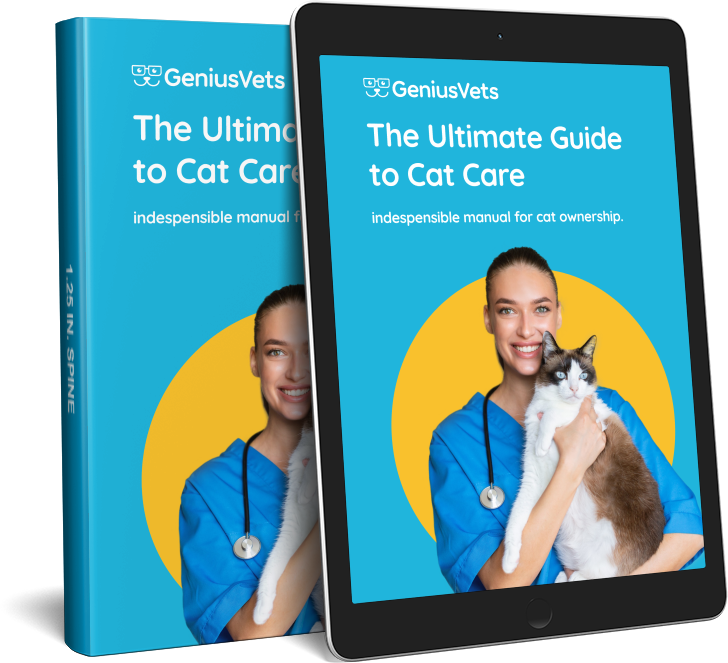Pets often have a tendency to ingest non-food items, leading to a condition known as foreign body ingestion. While cats may swallow various objects, when the ingested item is a string or similar linear structure, it can lead to serious consequences. This article discusses the risks associated with foreign body ingestion in cats, especially when the foreign body is a linear object like a string.
Common Ingested Objects
Cats are naturally playful, and their playfulness often involves chewing on objects. This can inadvertently result in the swallowing of non-food items. Common objects or foreign bodies that pets may ingest include:
- Corn cobs
- Balls
- Socks and underwear
- Rocks
- Jewelry
- Toys
- Leashes and collars
- Plastic bags (especially those that contained food)
- Pieces of shoes
- Coins (pennies are particularly dangerous due to zinc toxicity)
- Sewing needles
- Fish hooks
The list of potential ingested objects is extensive, and sometimes, pets may swallow these items without realizing they are not food.
Symptoms and Risks
When a pet swallows a foreign body, several issues can arise. In some cases, the object will pass naturally through the digestive system within a day or two. However, in other instances, the object may become lodged, leading to partial or complete obstruction. When an obstruction occurs, surgery is typically required to remove the object and prevent further complications.
The most common symptoms of foreign body ingestion in pets include a decreased appetite, vomiting, and lethargy. Pain may also be present but can be challenging to identify, often manifesting as overall listlessness. Prompt veterinary evaluation is crucial to ensure timely removal of the foreign body before it causes severe intestinal damage. In advanced cases, sections of damaged bowel may need to be removed, or the intestine can rupture, leading to life-threatening peritonitis.
The Linear Foreign Body Scenario
A particular concern arises when the ingested foreign body is a string or similar linear object. Common linear foreign bodies include string or yarn (especially in kittens) and towels or cloth leashes with exposed long threads. When a linear foreign body becomes lodged in the gastrointestinal (GI) tract, it can lead to a unique and dangerous situation known as the "drawstring effect."
The Drawstring Effect
Imagine a drawstring bag or a pair of pants with a knotted drawstring. When you pull on one end of the drawstring while the knot remains fixed, the fabric bunches up along the string's channel. If the string is pulled hard enough and the knot does not move, the string can eventually rip through the fabric channel.
This concept is analogous to what happens in the case of a linear foreign body inside a cat's GI tract. The foreign body lodges itself in the GI tract, preventing it from moving further. However, the string or linear part of the foreign body continues to dangle forward, similar to a drawstring. The intestine attempts to move the string forward, but since the foreign body is stuck, the bowel ends up inching up the string, causing it to fold upon itself, a condition known as "plication." If left untreated, the string can cut through the intestine, leading to life-threatening peritonitis.
Two Common Linear Foreign Body Scenarios
- String under the Tongue: In this scenario, a loop of string gets wrapped around the base of the tongue. The cat may be chewing on a wad of string, and the string becomes tangled, forming loops. One of these loops may lasso the tongue, while the rest of the string is swallowed. The string dangles down the esophagus, passes through the stomach, and into the intestine. The bowel tries to move the string forward, but it becomes taut around the tongue, leading to injury to the stomach and bowel.
- Stomach Foreign Body: The other common scenario involves the bottom (pylorus) of the stomach. If a wad of cloth is too large to pass through but has long strings dangling from it, the intestine will pull at the string, causing the bowel to plicate around the string. Eventually, the taut string cuts through the stomach lining.
Diagnosis of Linear Foreign Body
Diagnosing a linear foreign body is challenging. Strings are too small to be seen on radiographs (X-rays), and cloth does not show up on X-rays either. In some cases, the string may be difficult to visualize under the tongue, especially as many patients are uncooperative during examinations. Sedation may be necessary to obtain a clear view. Evidence of plication may be seen on radiographs or ultrasound, but it is not always definitive. Decision-making often relies on the patient's overall condition and imaging findings.
Surgery
Given the severe consequences of failing to treat a linear foreign body promptly, opting for surgery earlier rather than later is often recommended. Patients may require rehydration before surgery, and stabilization is essential. During surgery, the foreign body is typically removed from the stomach directly, and if necessary, an intestinal incision is made to remove the remaining portion. If the bowel is damaged, sections of it may need to be removed. After surgery, several days of hospitalization may be necessary for recovery. Patients are closely monitored for any signs of complications.
Linear foreign bodies, especially strings or similar linear objects, pose significant risks to cats. These foreign bodies can lead to life-threatening conditions if not promptly diagnosed and treated. Owners should be vigilant in keeping small objects away from their cats and seek immediate veterinary attention if they suspect their cat has ingested a foreign body.
Don't have a vet in your area yet? We can help you find a local veterinarian.
If you have more questions, the GeniusVets Telehealth platform will give you unlimited access to text and/or video calls with board-certified veterinarians! To learn more click here.


